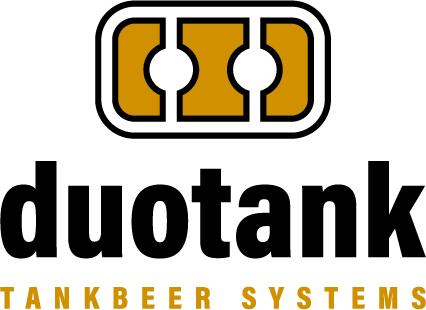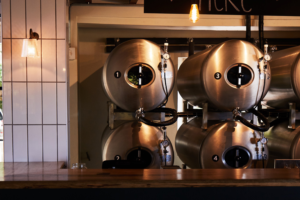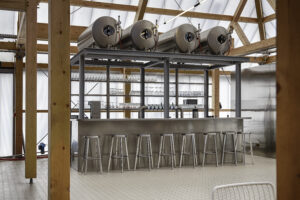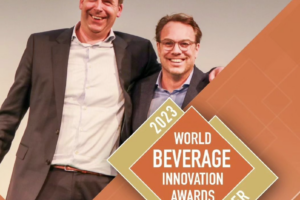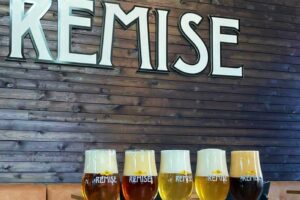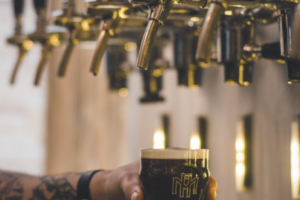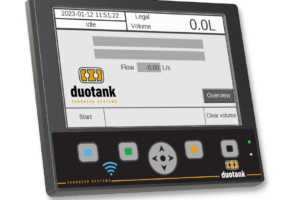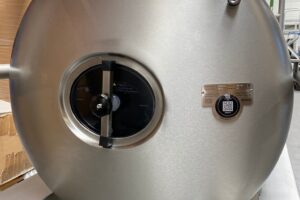As a brewer, you want to make sure your customers get the optimum experience when they order your beer in a bar.
Numerous cities across Europe are increasingly enacting stricter regulations concerning heavy transport within inner city limits. In this blog, we take a closer look at the motivations behind these regulations and the consequences for the delivery of draught beer.
The new regulations primarily target issues such as air pollution, noise pollution, and traffic congestion. A significant aspect of many of these regulations involves the imposition of weight limits. These limits vary depending on the country, city, and even specific zones within cities. They are typically established to safeguard infrastructure, enhance road safety, and mitigate environmental impact. Consequently, these factors are also shaping the logistics of delivering draught beer to city centers.
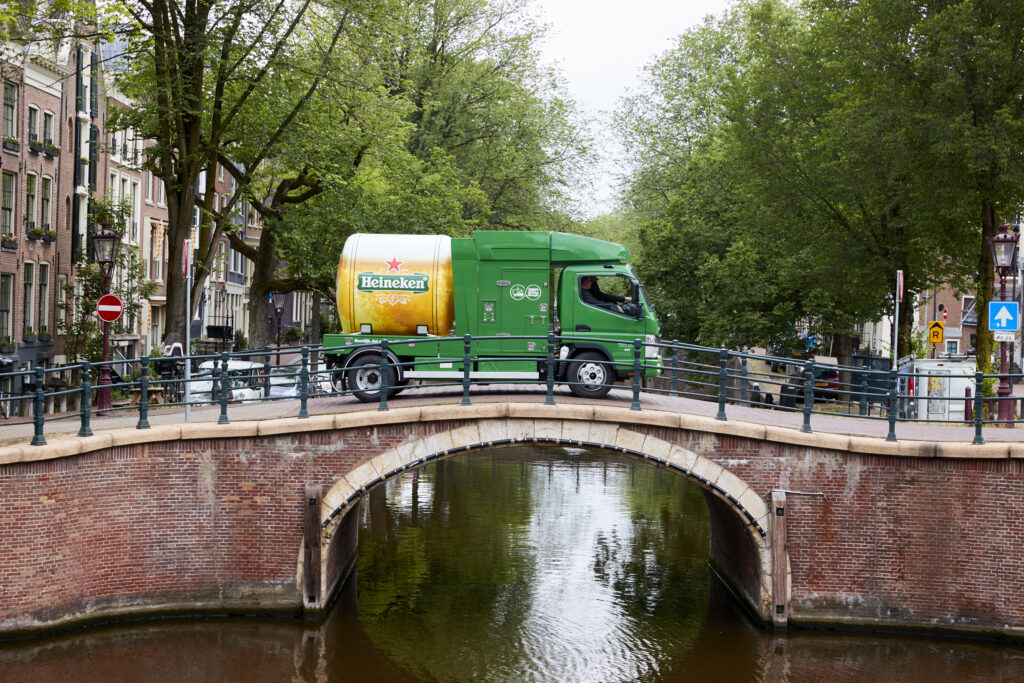
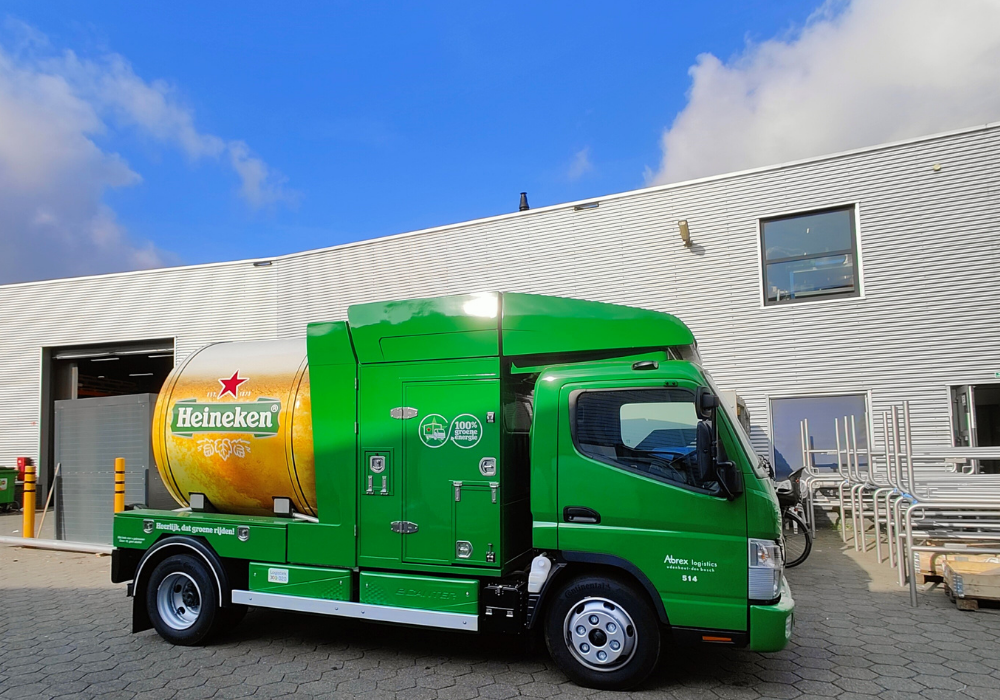
The transport industry in general is undergoing significant technological advancements, and several developments are expected in the next decade. These innovations aim to improve efficiency, safety, sustainability, and overall operations within the trucking sector.
The focus is on having more lightweight vehicles in combination with low emission transport solutions. There is a growing emphasis on electrification in the trucking industry to reduce emissions and dependence on fossil fuels. Electric trucks, ranging from delivery vehicles to long-haul trucks, are expected to become more prevalent. Advances in battery technology and charging infrastructure are crucial for the widespread adoption of electric trucks.
The evolving regulations are prompting innovative transportation solutions within the beer industry as well. For deliveries to city centers, breweries are exploring various ideas for the ‘last kilometer delivery options.’ This approach involves transporting large volumes to a hub located just outside the city’s regulated zone. From there, the final kilometer is covered using for example electric delivery vehicles (such as the award-winning Duotank LGT). The combination of lighter weight vehicles in combination with low/zero emission, will ensure that draught beer can continued to be delivered.
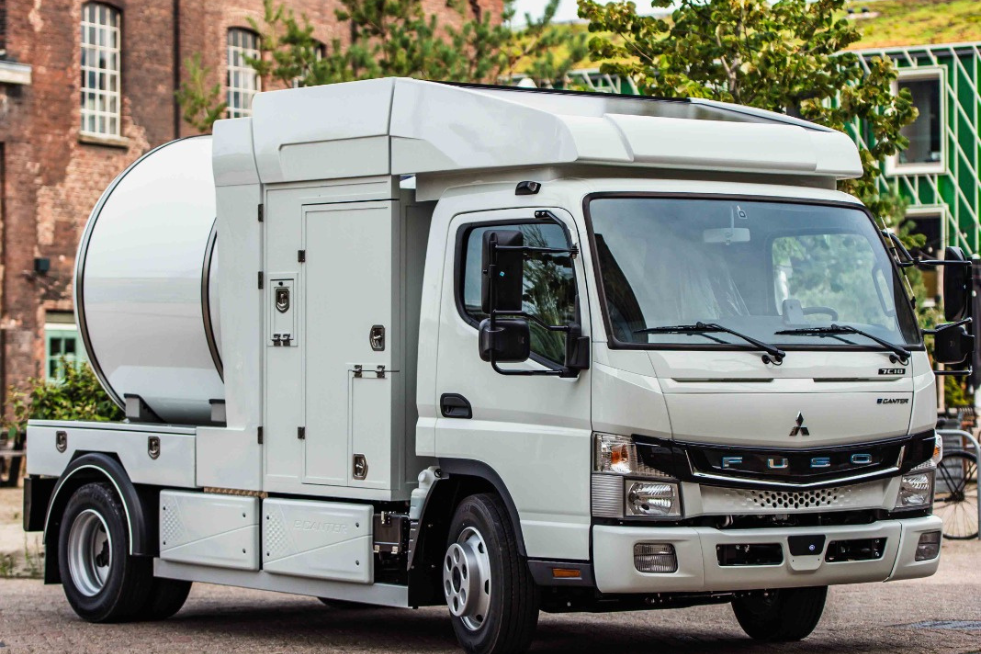
Recent articles
Blog: the basics of a tankbeer system
As a brewer, you want to make sure your customers get the optimum experience when they order your beer in a bar.
Duotank Australia: 15 years of unpasteurized tankbeer excellence
As a brewer, you want to make sure your customers get the optimum experience when they order your beer in a bar.
Blog: Factors that influence the freshness of beer
As a brewer, you want to make sure your customers get the optimum experience when they order your beer in a bar.
Winners of the best CSR/Sustainability initiative award
As a brewer, you want to make sure your customers get the optimum experience when they order your beer in a bar.
Case study – Remise 56 Copy Copy
As a brewer, you want to make sure your customers get the optimum experience when they order your beer in a bar.
TANKBEER – Matthias Kopp
As a brewer, you want to make sure your customers get the optimum experience when they order your beer in a bar.
Case study – Remise 56 Copy
As a brewer, you want to make sure your customers get the optimum experience when they order your beer in a bar.
